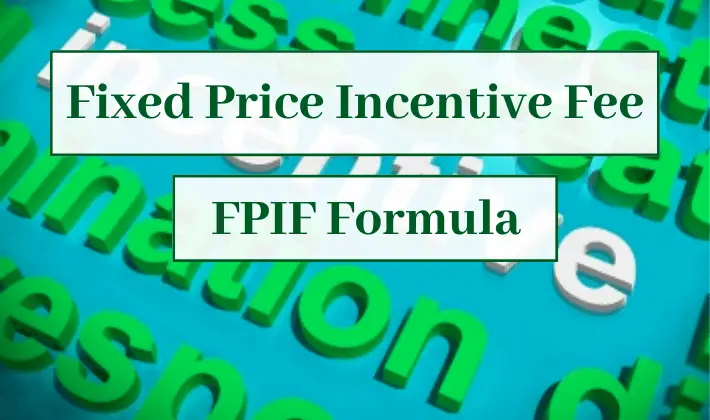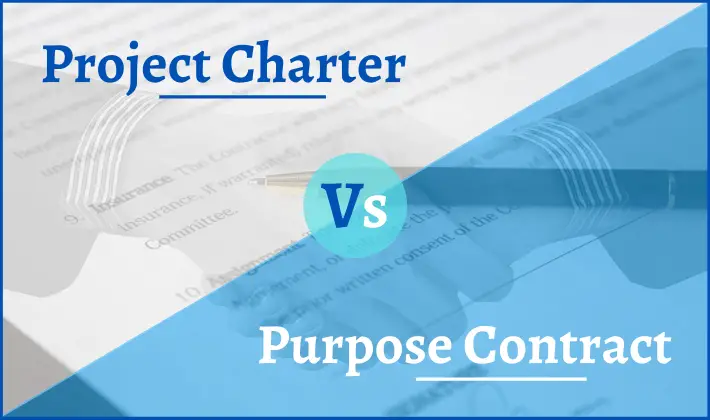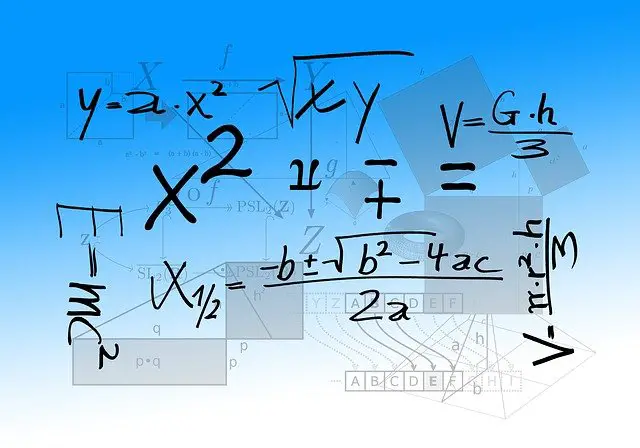Incentive Calculation in a FPIF Contract
In my previous post, I described Fixed Price Incentive Fee Contract (FPIF). In this article, I will discuss the formulas and incentive calculations for an FPIF Contract. Let me summarize the basic nature of the contract before getting into formulas and calculations.
The basic nature of a FPIF Contract is similar to that of a Fixed Price Contract (FP). But in this, the buyer and the seller build a price flexibility into the contract. The price flexibility is achieved through financial incentives. The seller gets additional incentives if it is able to meet or exceed the agreed upon performance criteria. On the other hand, the seller can be penalized if it is not able to meet the performance criteria.
There could be thousands of ways to establish performance criteria in a FPIF Contract. I gave a few examples of establishing performance criteria in my last article. One of the popular ways to establish criteria is to bind the seller to meet the cost objectives of the buyer. In other words the seller is incentivized if it is able to control the costs; otherwise it loses money. Let us discuss how this is achieved.
Financial Incentives Through Cost Control
The buyer and the seller agree on a Target Cost. The seller makes a best effort to complete the contracted work within the Target Cost. If the Actual Cost is below the Target Cost then the seller gets additional incentive from the buyer. Otherwise, seller’s fee is reduced. Let us look at some terms used in this type of contract.
Target Cost – A pre-defined goal (cost objective) set by the buyer for the seller.
Actual Cost – Actual expenditure of the seller after completing the contracted work.
Target Fee – A pre-defined award that is given to the seller if contracted work is done at the Target Cost.
Target Price – A pre-defined sum of money that is given to the seller if contracted work is done at the Target Cost.
Ceiling Price – A pre-defined maximum sum of money that can be given to the seller under any circumstance. The Ceiling Price is established to limit buyer’s cash outgo.
Cost Variance – The difference between Target Cost and Actual Cost. Positive variance is good for both the buyer and the seller.
Share Ratio – The ratio of dividing the Cost Variance between the buyer and the seller.
Formulas for Incentive Calculations
Do you remember the basic FP Contract formula?
Formula I
Price = Cost + Fee
This formula is explained in one of my previous articles – PMP Formulas behind Contract Types. The definitions of Price, Cost and Fee are also explained in the same article.
The formula for FPIF Contract is same as a FP Contract formula, but the treatment is slightly different. In FPIF Contract extra Incentive (or Penalty) is also part of the Fee. The Fee is determined only after Actual Cost is known.
Formula II
Cost Variance = (Target Cost) – (Actual Cost)
Formula III & IV
Buyer’s Share = (Cost Variance) * (Buyer’s Share Ratio)
Seller’s Share = (Cost Variance) * (Seller’s Share Ratio)
Formula V
Fee = (Target Fee) + (Seller’s Share)
Going by the definitions and Formula I, we can say that
Target Price = (Target Cost) + (Target Fee)
Let us look at a small example to understand how these formulas are used to calculate incentives.
Example
Let us assume that following data given to us.
Target Cost = 100K
Target Fee = $20K
Ceiling Price = $130K
Share Ratio = 50:50 (both the buyer and the seller get 50% of the Cost Variance)
We can conclude that
Target Price = $100K + $20K = $120K
Let us consider a two scenarios and calculate the Price.
Case I – Actual Cost is less than the Target Cost
Actual Cost = $90K
Referring to the Formula II
Cost Variance = $100K – $90K = $10K
The seller has saved $10K below the Target Cost. The saving will be divided between the buyer and the seller in the ratio of 50:50.
Seller’s Share = 10*50% = $5K
Referring to Formula V
Fee = $20K + $5K = $25K
Referring to Formula I
Price = $90K + $25K = $115K
The buyer will pay $115K to the Seller which is less than Target Price ($120K). The seller will receive $25K as Fee, which is more than the Target Fee ($20K). Both the buyer and the seller get the benefit of cost saving.
Case II – Actual Cost is more than the Target Cost
Actual Cost = $110K
Referring to the Formula II
Cost Variance = $100K – $110K = -$10K
The seller has spent $10K more than the Target Cost. The extra cost will be divided between the buyer and the seller in the ratio of 50:50.
Seller’s Share = (-10)*50% = -$5K
Referring to Formula V
Fee = $20K – $5K = $15K
Referring to Formula I
Price = $110K + $15K = $125K
The buyer will pay $125K to the Seller which is more than the Target Price ($120K). The seller will receive $15K as Fee, which is less than the Target Fee ($20K). Both the buyer and the seller are at a disadvantage.
Controlling cost is beneficial for both the buyer and the seller.
Where is the 6th Formula?
There is an additional concept called Point of Total Assumption. I have explained it in my next post. The 6th formula is related to Point of Total Assumption.
Over To You
I hope you were able to understand the formulas behind FPIF Contract. Please leave a comment if you have a doubt.
Related Articles
Formal Explanation Of Different Contract Types For PMP Exam
Explanation of Different Contract Types Using Examples
PMP Exam Formulas
I have also compiled a PMP Formulas Cheat Sheet. It contains 45 formulas and 57 abbrviations. It will help you in your exam prep. It is the best and most comprehensive cheat sheet based on the PMBOK Guide 6th edition. You can download it free of cost for your studies.
If you are looking beyond a cheat sheet, then I would suggest you to buy detailed PMP Exam Formula Study Guide by Cornelius Fichtner. It contains detailed explanations of all the formulas along with examples and 105 practice questions.
Disclosure: This article contains affiliate links - it means that, if you buy from any of these links, then I will receive a small commission that would help me in maintaining this blog for free. However, for you, there is no extra cost. I recommend only those products that I believe will definitely help the certification aspirants.
Image courtesy of Stuart Miles at FreeDigitalPhotos.net




![Work Package In Project Management [Activity Examples]](https://www.pmbypm.com/wp-content/uploads/2013/12/Work-Package-1.png)

![Finish to Start [FS] Relationship (Dependency) With Examples](https://www.pmbypm.com/wp-content/uploads/2014/06/finish-to-start.jpg)


Thanks for this I really appreciate
Thanks Nwabue. 🙂
When there is a cost overrun – as in Case II – why would the Buyer pay Target Fee ? As per the definition, fee is to be paid as in incentive only when Seller achieves below Target Cost.
Target fee is decided before hand and agreed upon. It could be zero also.